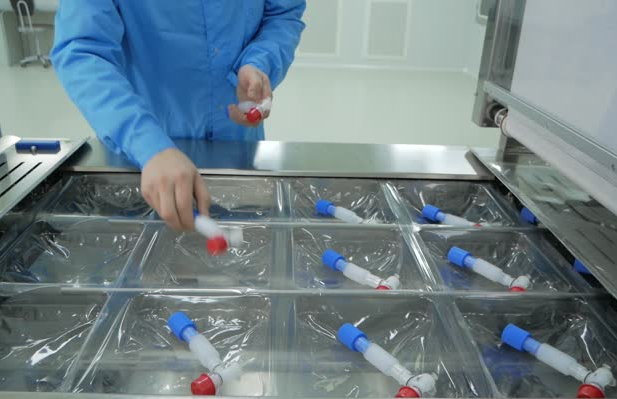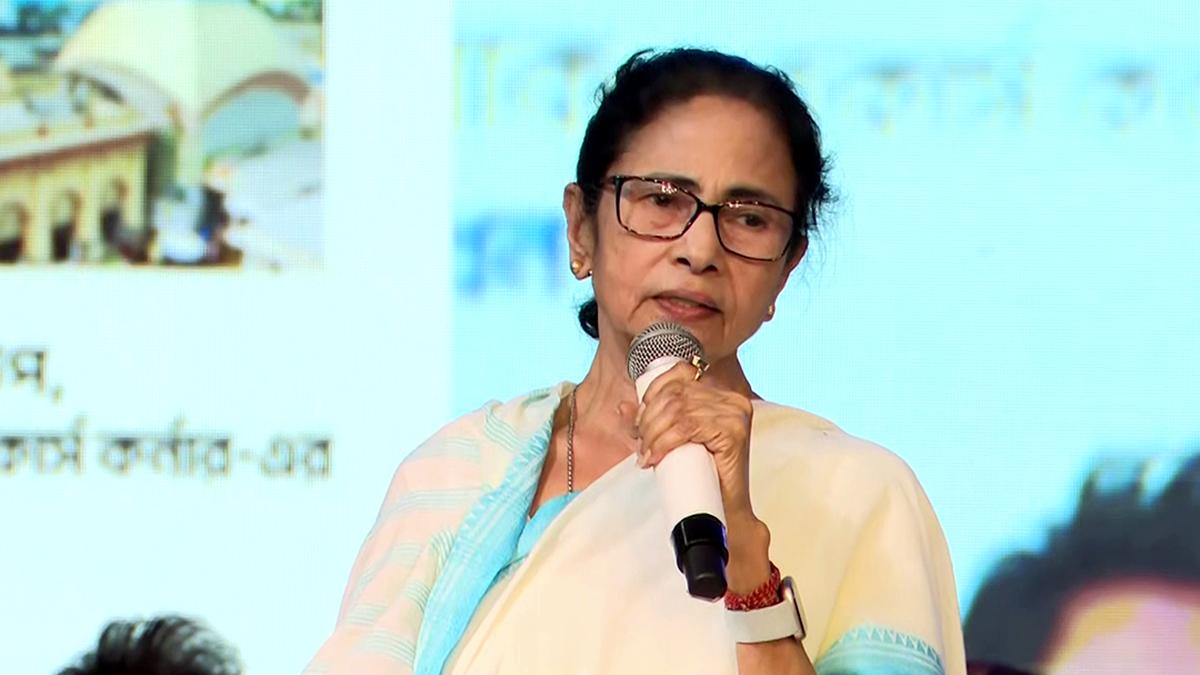
Diabetes test: Greater Chennai Corporation health workers testing the diabetes level of people aged 45 or above at the Vaccination centre in Vadapalani
| Photo Credit: VELANKANNI RAJ B
Diabetes is often dubbed a rich man’s disease. Studies also show that lifestyle changes, which include sedentary work and poor dietary choices, often lead to diabetes. Data from the National Family Health Survey-5 conducted between 2019 and 2021 also agree with this hypothesis. The share of persons with high random blood glucose levels was lowest in the poorest 20% of the households in India while it was highest in the richest 20%.
Chart 1A shows the share of the women population in India which was neither on medication to control diabetes nor had their random blood glucose level >140 mg/dl, across wealth quintiles. A quintile represents 20% of a given population. Chart 1B shows the share of the women population in India which was either on medication to control diabetes or had a random blood glucose level >140 mg/dl, across wealth quintiles.
Charts appear incomplete? Click to remove AMP mode
While the charts do show that the hypothesis — the wealthier the person, the higher the share of diabetes incidence — holds true, the gap between the richest and poorest was not very high. Among the richest 20% of the population, 17% of women were either on medication to control diabetes or had a random blood glucose level >140 mg/dl. The similar figure for the poorest 20% was 10.6% —a mere six percentage points difference.
While the wealth of a person does decide diabetes incidence, another key parameter is awareness levels about the disease. Data show that, the more years of schooling completed by a woman, the lower the chance of her being a diabetic and vice-versa.
Chart 2A shows the share of the women population in India which was neither on medication to control diabetes nor had their random blood glucose level >140 mg/dl, across years of schooling completed. Chart 2B shows the share of the women population in India which was either on medication to control diabetes or had a random blood glucose level >140 mg/dl, across years of schooling completed.
Among those women who had not completed even one year of schooling, 17.4% were either on medication to control diabetes or had a random blood glucose level >140 mg/dl. Among women who had completed less than five years of schooling, the figure was at 19.1%. However, among those women who had completed more than eleven years of schooling, the figure was only 8.4% — a difference of 9% to 10% points.
Click to subscribe to our Data newsletter
So, more than the wealth of a person, awareness levels play a relatively superior role in diabetes incidence. The fact that in general, the more wealthy a person is, the higher the average years of schooling — as shown in table 3 — only adds weight to the above conclusion. In other words, a person with higher awareness about diabetes has a better chance of beating the disease regardless of wealth levels.
This relationship between years of schooling and diabetes incidence was more pronounced in the Southern States where the disease burden is relatively higher. Chart 4 shows the State-wise share of the women population which were either on medication to control diabetes or had a random blood glucose level >140 mg/dl.
In Kerala, the share among those women who completed more than eleven years of schooling, was only 8.3%. Whereas the share among those who completed only 5-7 years of schooling was 22%.
NFHS classifies an individual as having high blood glucose if the random blood glucose level was between 141 and 160 mg/dl and very high blood glucose if it was more than 160 mg/dl. Less than 140 is considered normal.
vignesh.r@thehindu.co.in and rebecca.varghese@thehindu.co.in
Source: National Family and Health Survey-5
Also read: Diabetes remission through intermittent calorie-restricted diet










![Best Weight Loss Supplements [2022-23] New Reports!](https://technologytangle.com/wp-content/uploads/2022/12/p1-1170962-1670840878.png)




